Alexandria Port: Connecting Egypt to the World — Past, Present, and Beyond
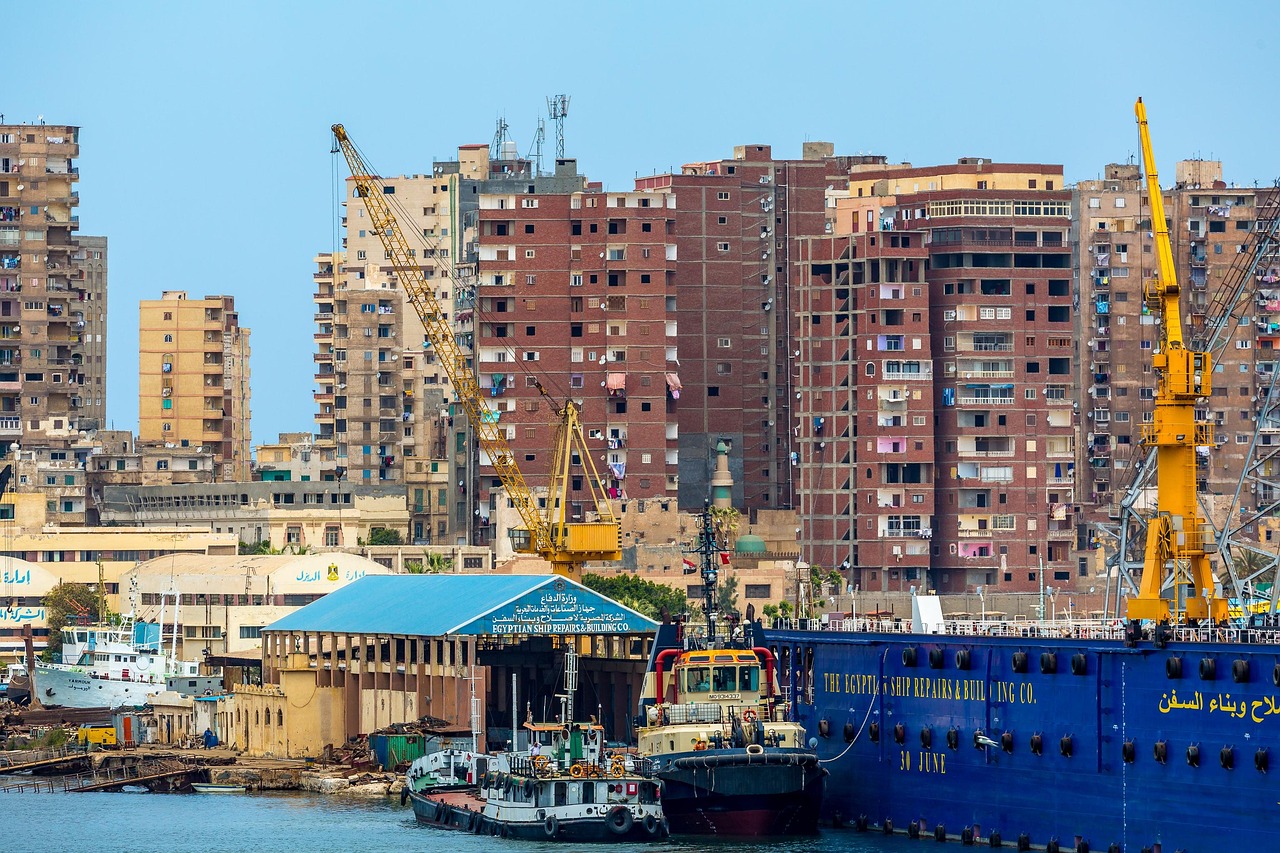
Alexandria Port Egypt stands as Egypt's largest and busiest port, handling over 60% of the country's maritime trade. Its strategic location on the Mediterranean Sea connects Egypt to Europe, Asia, and Africa, making it a cornerstone of international trade.
In this article, we explore Alexandria Port’s journey through history, its current role in international shipping, and how modernization and digitalization are preparing it for a stronger future in global trade.
The Historical Legacy of Alexandria Port
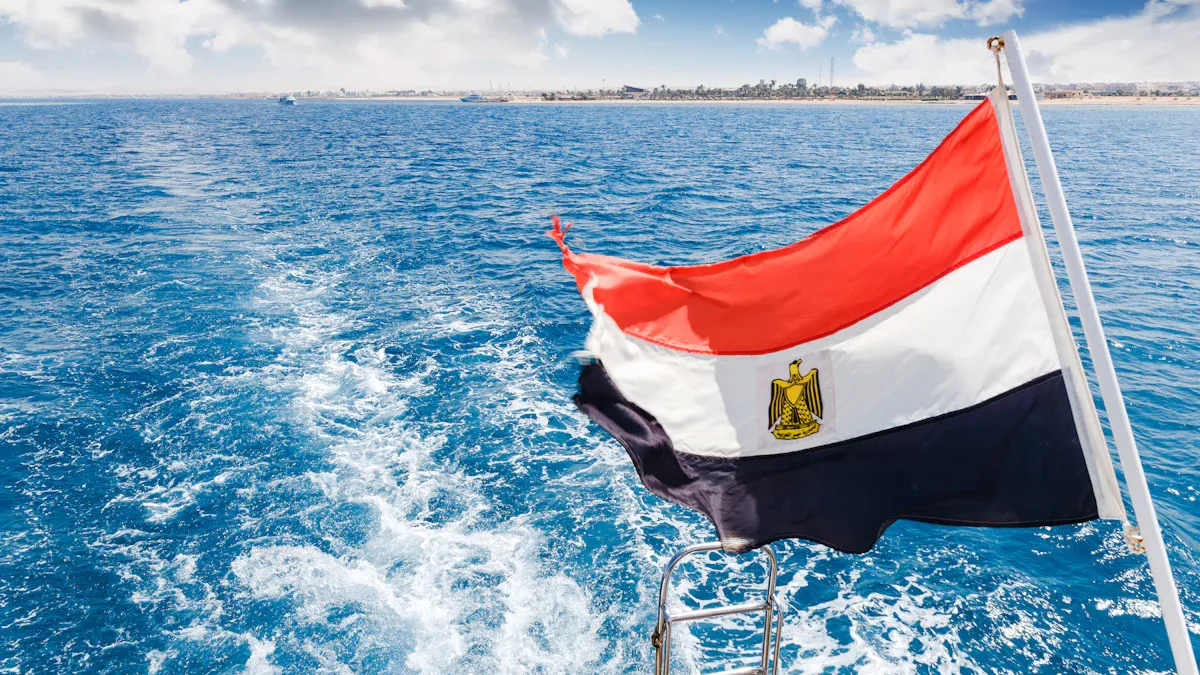
Founded by Alexander the Great in 332 BCE, Alexandria quickly emerged as a critical hub of commerce and culture in the ancient world. Strategically located on the Mediterranean coast, the city replaced declining Phoenician ports and became a new axis point for trade between Europe, Asia, and Africa.
By the first century BCE, Alexandria had grown into one of the largest and busiest cities of the Mediterranean, with goods such as grain, papyrus, spices, and textiles flowing through its harbor. At its peak, the port also served as a distribution center for valuable commodities like silk from China and incense from Arabia, which were routed toward Rome and other parts of Europe. Trade was further facilitated by the Nile River and a canal linking the Mediterranean to the Red Sea, allowing for efficient movement of goods to and from India and the Arabian Peninsula.
The city’s intellectual capital was equally impressive. With institutions like the Library of Alexandria and the Mouseion, Alexandria was not only a commercial center but also a beacon of knowledge. This combination of commerce and culture helped secure its legacy as one of history’s most influential port cities.
During the 19th century, Alexandria once again rose in prominence. Trade data from 1840 shows exports of more than 78,000 barrels of flour and 50,000 barrels of corn, with total export value reaching $393,028—a significant figure at the time. The completion of the Alexandria Canal in 1845 further solidified its place as a maritime leader, improving inland connectivity and reducing logistics costs.
Year | Exports Value | Imports Value | Leading Articles of Export |
|---|---|---|---|
1840 | $393,028 | $105,605 | Flour, Wheat, Corn, Tobacco |
Modern Alexandria Port: Infrastructure & Trade Powerhouse
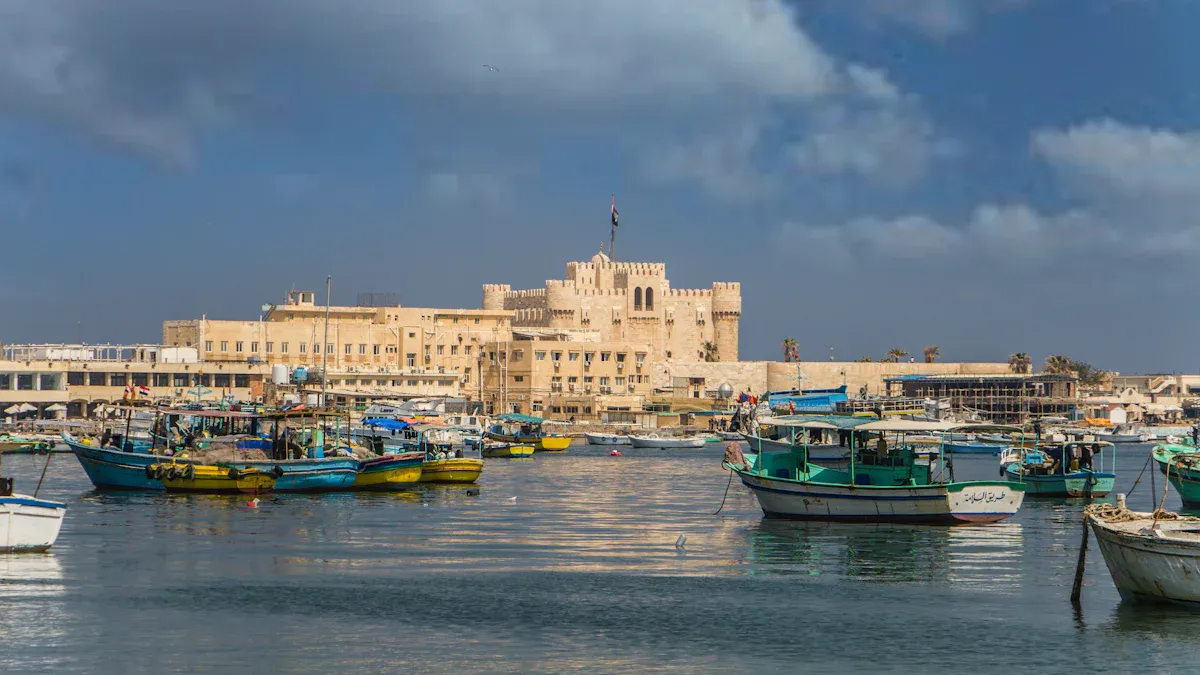
Fast forward to today, and port of Alexandria remains the backbone of Egypt’s maritime trade, handling over 65% of the country’s total imports and exports. The port is equipped with advanced terminals, high-capacity cranes, and specialized berths that support both bulk and containerized cargo. It efficiently processes goods such as cotton, grains, machinery, and electronics, ensuring Egypt remains integrated into the global supply chain.
Port of Alexandria is divided into two main harbors — the East Harbor for general cargo and the West Harbor, which handles bulk cargo and containers. Its ability to accommodate large vessels makes it a preferred stop along international trade routes, especially those linking Asia, Europe, and Africa.
Digital transformation has also played a key role in the port’s modernization. YQN Logistics, a global shipping service provider, offers a real-time vessel tracking platform — YQN Logistics Ship Date Tool — that helps businesses plan more effectively and reduce supply chain delays. Whether you’re shipping textiles to Europe or electronics from Asia, this digital tool provides timely updates to optimize your logistics operations.
If you’re shipping goods from Asia to Egypt, YQN Logistics offers tailored solutions to simplify customs, shipping schedules, and port handling. Contact us at info@yqn.com for more information.
Alexandria Port: Building the Future
Port of Alexandria is not just keeping pace with the future — it's actively shaping it. Several major infrastructure projects are underway to boost its capacity and global relevance. One of the most ambitious is the Tahya Misr Multipurpose Terminal, which features a 2,500-meter berth and 17.5-meter draft. Designed to handle high volumes of cargo, this terminal is expected to significantly cut vessel waiting times and increase throughput.
Other key projects include:
Integrated Logistics Zone: A 273-acre facility aimed at improving cargo storage and distribution.
Timber and Grain Terminal: A specialized dock designed to manage the growing volumes of agricultural trade.
El-Max Port Initiative: A new port area spanning 3.5 square kilometers, capable of handling over 7,500 containers monthly, and featuring a 7-km quay line.
The rise of cross-border e-commerce is reshaping Alexandria Port's operations. With global trade expanding, the port has seen a surge in container throughput and e-commerce exports. For example, China’s cross-border e-commerce exports reached USD 61.7 billion, growing by 14% year-on-year. This trend highlights the increasing demand for efficient cargo handling and digital solutions.
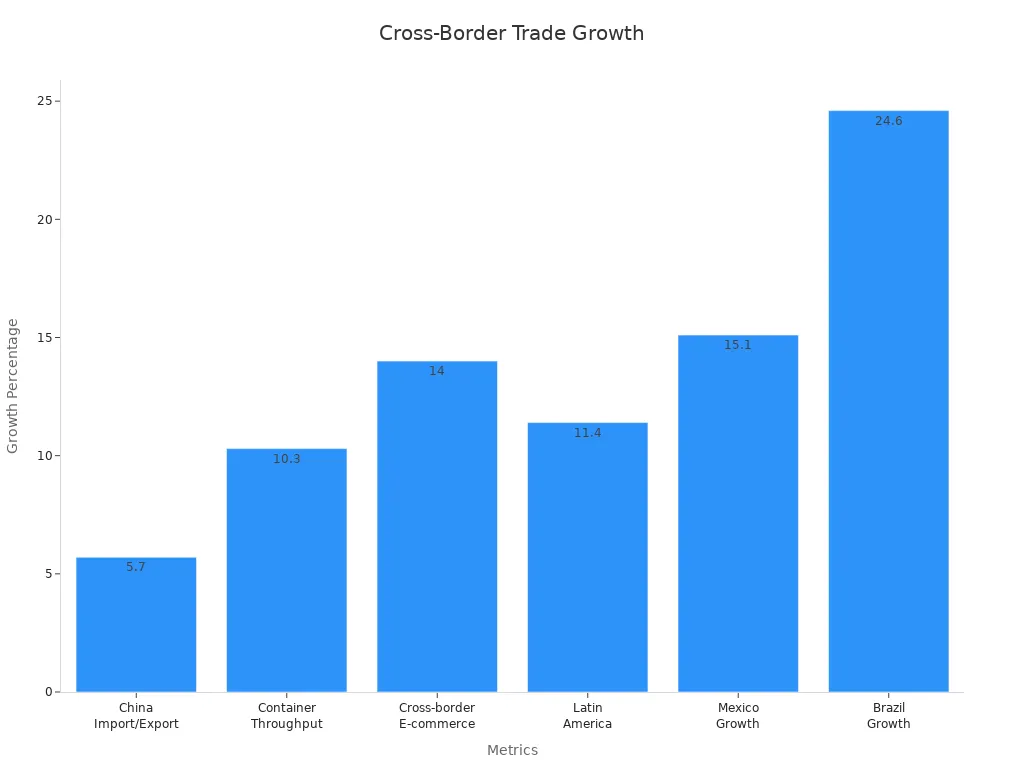
Moreover, the port is embracing sustainability and innovation. Green technologies, such as shore power systems and low-emission fuels, are being gradually introduced. Businesses can rely on YQN Logistics for real-time vessel schedules and seamless shipping solutions.
International cooperation is also expanding. In a significant development, AD Ports Group signed a Memorandum of Understanding with Egypt’s Ministry of Industry & Transport to develop logistics infrastructure in and around port of Alexandria. This public-private partnership aims to strengthen Egypt’s role as a regional trade hub and attract more global shipping lines.
Conclusion:
From its ancient roots as a gateway for grain and knowledge to its current status as a maritime powerhouse, port of Alexandria has consistently evolved to meet the demands of global commerce. Its modern infrastructure, expanding capacity, and strategic location make it an indispensable asset for Egypt’s economy and a crucial node in global supply chains.
As global trade faces new challenges — from geopolitical tensions to the rise of e-commerce — Alexandria Port is well-positioned to lead through innovation and strategic investment. For companies seeking reliability, speed, and connectivity, Alexandria remains a port of choice.
Explore real-time vessel schedules and logistics solutions with YQN Logistics. For shipments from Asia to Egypt, contact info@yqn.com.
FAQ
What makes Egypt port Alexandria essential for global merchants?
Its strategic location connects Europe, Asia, and Africa, enabling merchants to transport goods efficiently. It handles diverse cargo, including grains, textiles, and machinery.
How can merchants track vessel schedules at port of Alexandria?
YQN Logistics provides a digital tool for real-time updates. Merchants can visit YQN Logistics Ship Date Tool for accurate information.
Can merchants ship goods from Asia to Egypt through Egypt port Alexandria?
Yes, Alexandria Port facilitates shipments from Asia. Merchants can contact info@yqn.com for tailored logistics solutions and seamless shipping experiences.
See Also
Shenzhen Shekou Port's Growing Influence in Global Shipping
Discover Four Key Insights from Intermodal South America 2025
YQN Presents Innovative Digital Logistics at Intermodal South America 2025
YQN Triumphs Over Red Sea Delays in Automotive Shipping
Could Nansha Port Become China's E-commerce Hub for Exports?
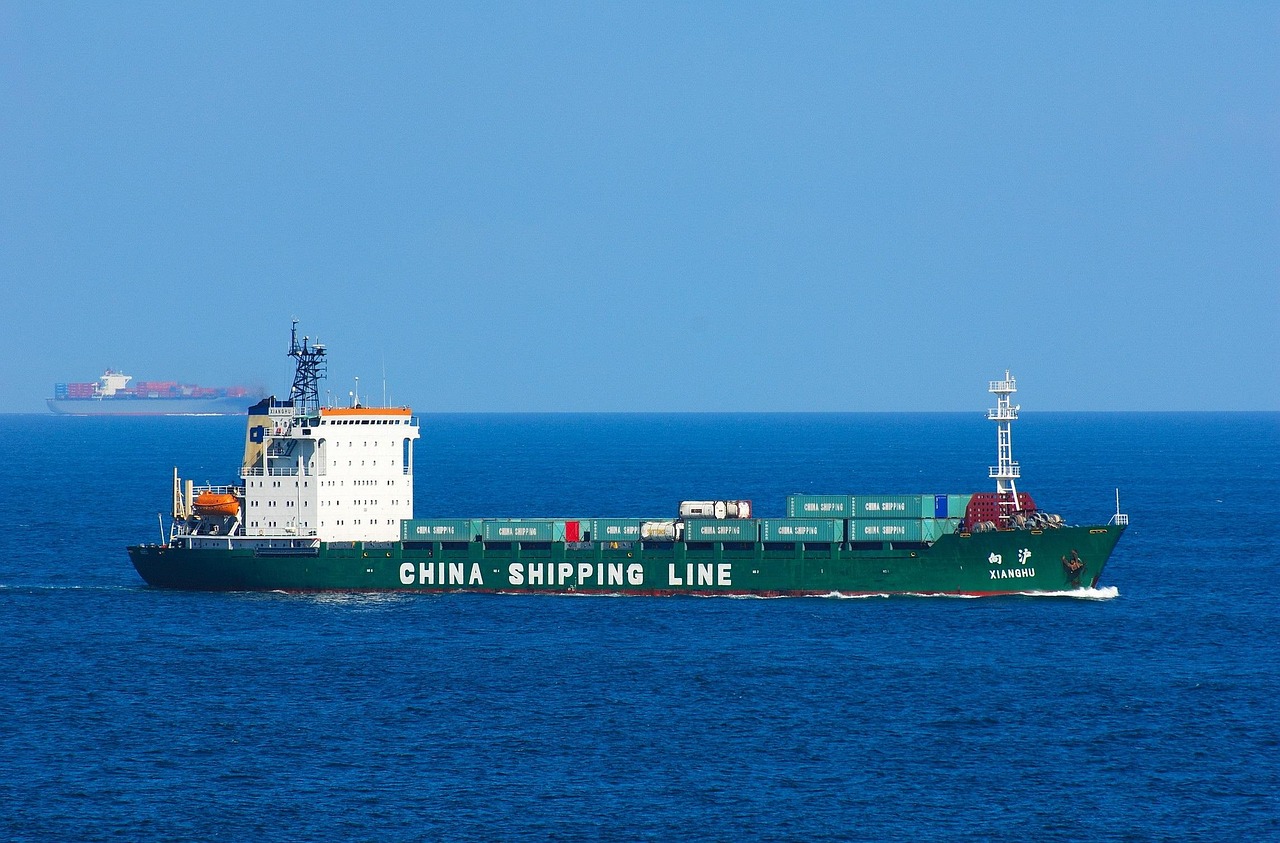
Shipping with YQN - Global Logistics at Your Fingertips
YQN has established subsidiaries worldwide, covering North America, Latin America, Southeast Asia, and the Middle East. We have partnered with 300+ top shipping and airline companies and have access to 3500+ high-quality supplier resources. YQN also has a professional customer service and fulfillment team of over 500 people to provide more worry-free and efficient international logistics services.
Contact Us
You can also email us at info@yqn.com.

